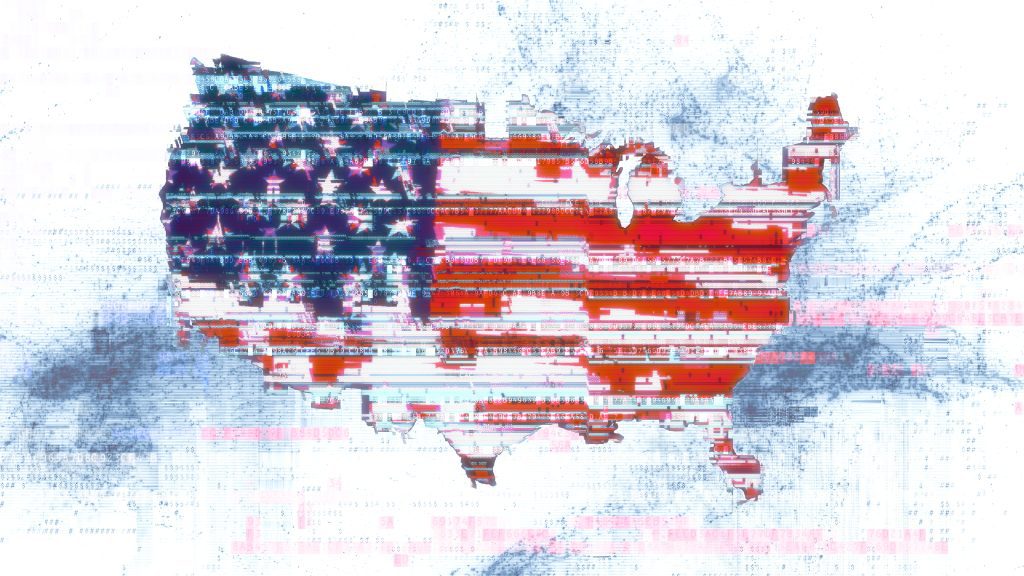
































The National AI Research Resource (NAIRR) is set to go live in pilot form a year after its proposal. The initiative, spearheaded by the Biden administration, aims to counter the concentration of AI resources among tech giants and privately funded startups by allocating billions in federal funding to provide public-access tools for aspiring AI scientists and engineers. Partnering with US agencies such as the National Science Foundation, Department of Energy, NASA, NOAA, DARPA, and over two dozen major tech companies, NAIRR boasts an$800 million-per-year budget for the next three years, pending congressional approval.
The initiative aims to democratise AI technology, fostering competitiveness with global rivals. While specific resources are yet to be listed, NAIRR will accept applications and proposals, functioning more like a grant-making process than a free supercomputer. Executives from companies like OpenAI, Anthropic, Nvidia, Meta, Amazon, and Microsoft have committed resources, expertise, and free access to support NAIRR.
During the two-year pilot period, NAIRR will focus on four areas: NAIRR Open (general access to diverse AI resources), NAIRR Secure (focused on privacy and security applications), NAIRR Software (tools, platforms, services, and interoperability), and NAIRR Classroom (outreach, education, and training). Notably, the absence of a military research category emphasises the civilian-led nature of this effort, with military research presumed to be siloed. The NAIRR Pilot page is now accessible, with 25 to 50 proposals expected to be accepted in the initial phase, followed by additional spots in the spring as more systems come online.
The launch of the NAIRR pilot program represents a significant step in democratising AI research by making resources widely accessible while fostering global and local competitiveness in AI. The collaboration between government agencies, tech companies, and substantial federal funding underscores the commitment to advancing the AI ecosystem in the US. The program's focus on various areas and the emphasis on education and outreach will help bridge the gap in AI resources and cultivate a responsible AI ecosystem.
 Tags quentes :
Inteligência artificial
Desenvolvimento
Tags quentes :
Inteligência artificial
Desenvolvimento